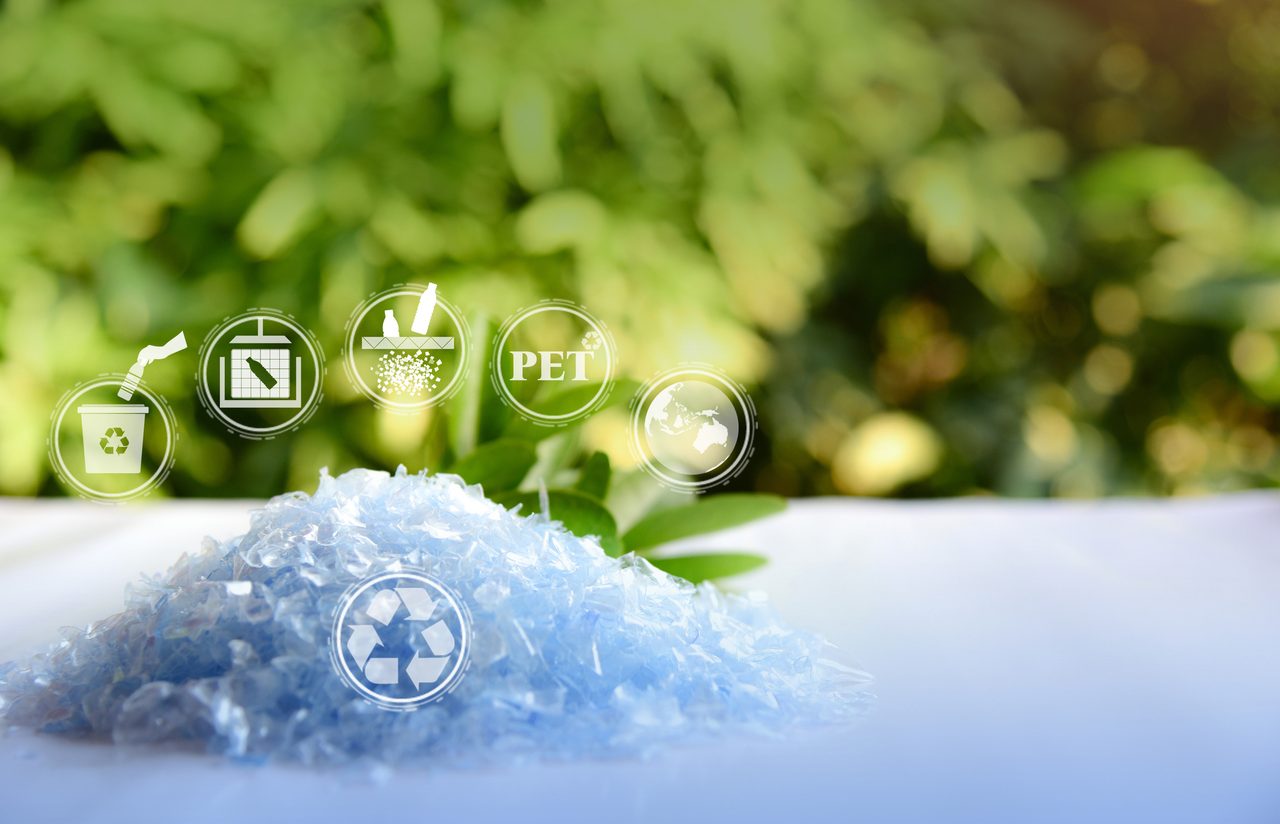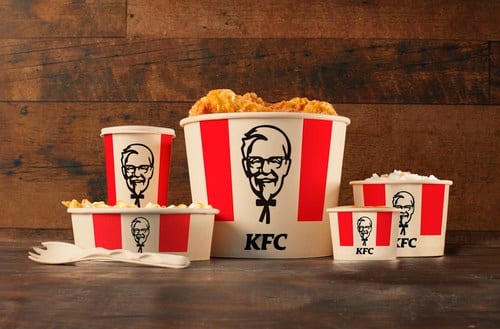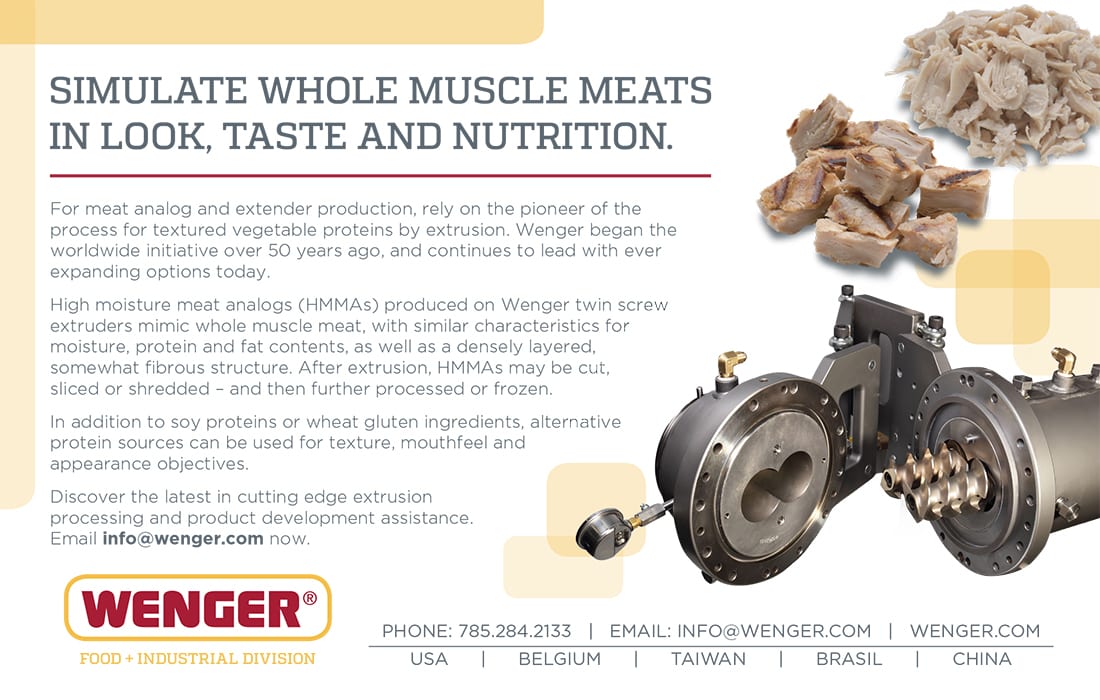Brands are migrating to cardboard or using new plastics that decompose naturally
Back to paper bags and cups: Old is new again

From paper to plastic and back again, brands are ready to make the move. Photo courtesy of Getty Images / RecycleMan
In the 1960s no matter the retail store, the most-often used methods of bringing goods home were paper/Kraft bags, cardboard boxes or hand-carry—no plastic bags until the 1980s in most developed countries. Ever since, plastic refuse has been showing up on city streets and sidewalks, suburban lawns and drives, along highways and in the oceans—and plastic molecules are found in aquatic life, animals and humans.
But now, old is new again—at least somewhat. Today, fortunately, there is a move away from single-use plastic bags and packaging to paper and fiber-board solutions—and major retailers and dairy products producers like Chobani see the damage plastic has done to our environment and are migrating to either cardboard or using new plastics that will decompose naturally in the environment.
Retailers initiate changes to plastic bags
Last year, the Consortium to Reinvent the Retail Bag was founded under the sponsorship of Closed Loop Partners. Initial founding members included CVS Health, Target and Walmart, committing $15 million collectively to find alternative solutions to the plastic retail bag. Today, additional partner retailers signed on to the Consortium include DICK’S Sporting Goods, Dollar General, The Kroger Co., The TJX Companies, Inc., Ulta Beauty, Ahold Delhaize USA Brands, Albertsons Companies, Hy-Vee, Meijer, Wakefern Food Corp. and Walgreens.
Recently, the Consortium reached a significant milestone a year after its founding: the launch of a series of tests and first-of-a-kind, multi-retailer pilots to advance sustainable alternatives to the single-use plastic bag and accelerate their potential to scale. The pilots will help refine winning solutions from the Consortium’s global Beyond the Bag innovation challenge, evaluating multiple factors, from technical feasibility to desirability.
In addition to the in-store pilots, other winning solutions from the Beyond the Bag Challenge will be piloted and tested in different contexts. For example, Returnity (reusable shipping and delivery packaging systems) and Eon (system that facilitates data exchange across the circular economy) will pilot through Walmart delivery in select markets. This pilot will test a different part of the retail system, knowing that people shop in various ways—ranging from at home to in store.

Chobani innovates away from plastic with paper cup. Photo courtesy of Chobani
“At Walmart, we believe climate change requires bold collective action. Minimizing plastic waste, in particular, depends on collaboration and cooperation across the retail industry,” says Jane Ewing, senior vice president of sustainability at Walmart. “These pilots represent a unique and exciting industry-wide commitment towards a more sustainable future, and we are excited to work with the Consortium to Reinvent the Retail Bag and to be a catalyst for meaningful change.”
Other Consortium Challenge winners, Domtar, PlasticFri and Sway—companies developing innovative, alternative materials to single-use plastic—will undergo rigorous material performance and recovery testing to optimize their designs to meet the needs of retailers and customers, and match the specifications of recycling and composting facilities.
Food and beverage processors working on solutions, too
Food and beverage processors have been dealing with trying to reduce the use of plastic in their products. Of course, the aluminum can is highly recyclable and valuable because it’s already in the form to be easily melted and reused, requiring less energy than to smelt ore. Then there is the “wood bottle,” recently covered in Food Engineering.
According to Transparency Market Research, the paper bottles market is expected to be valued at $93 million by 2029, due to a surge in demand for sustainable packaging solutions. Besides Pulpex noted in the above link, other suppliers include Paper Water Bottle, Frugalpac, Pulp Packaging International and Choose Packaging to name a few.
In something reminiscent of the old Dixie cup ice cream containers, Chobani is launching a new paper cup for some of its yogurt products. Chobani’s new product innovations—oatmilk, cold brew coffee and coffee creamers—already come in paper-based packaging that is recyclable. After two years of development, Chobani will move its oat yogurt into a paper-based cup, but that won’t be the end. The company will continue exploring more sustainable packaging across its portfolio, which means less plastic and more paper.
“We all have a role to play in protecting our planet.”
— Hamdi Ulukaya, founder and CEO, Chobani
Chobani’s paper cup is 80% paperboard, made from responsibly sourced and renewable material. The cup has a thin plastic lining to maintain the quality of the product. “While this paper cup is a step in the right direction, it’s just the beginning,” says Chobani Founder and CEO Hamdi Ulukaya.
“We all have a role to play in protecting our planet,” adds Ulukaya. “People have been asking for a paper cup, and we welcome this challenge to start reducing our plastic use, and to spark a conversation about how we can drive change together.”

Renderings of KFC’s home compostable packaging (CNW Group/KFC Canada). Photo courtesy of KFC Canada
The cup will be made of recyclable materials, but Chobani is realistic about the complexities of the recycling system in the U.S., which is fragmented across more than 10,000 municipal-run recycling centers—each with its unique rules.* Chobani will continue to work with partners, including the Sustainable Packaging Association and policymakers to advocate for improvements that expand the recycling infrastructure in the U.S.
Not just Chobani
Before plastic, wax-coated paper/paperboard tubs were common for cottage cheese and yogurt products. Tillamook County Creamery Association (TCCA) has announced some ambitions goals in reducing the amount of plastic used and finding alternative recycling alternatives. TCCA intends to achieve the following goals:
• Avoid additional and unnecessary packaging while prioritizing the uncompromising quality of its products and the reduction of food waste
• Commit 100% of its packaging solutions to being recyclable, reusable, or compostable by 2030
• Increase recycled content to 20% (on average) in its plastic packaging by 2025 and eliminate use of all virgin plastic by 2035
• Source all virgin paper packaging from Forest Stewardship Council (FSC)-certified materials and use 50% or more recycled fiber by 2025
• Educate consumers on actionable ways to reduce food waste and properly dispose, recycle, or re-use Tillamook packages
TCCA evaluates its packaging by conducting thorough, science-based lifecycle assessments (LCAs) and has already completed LCAs for its cheese, yogurt, and ice cream packaging. As part of the LCAs, TCCA measures multiple packaging aspects, such as the greenhouse gas emissions and other environmental impacts associated with material sourcing, transportation, production, and the final destination of Tillamook packaging.
Chobani and TCCA aren’t the only processors looking at plastic alternatives. Dole’s products rely on high-quality packaging, and therefore, require innovative solutions that work to protect the planet. Dole aims to begin removing fossil-fuel-based plastic from its pouches and Fruit Bowls packaging with sustainable alternatives such as paper or pulp-based, and polylactic acid (PLA)-based stickers for fresh fruits in 2022. And in South Korea, Dole introduced paper-based straps for its bananas, a move bringing the company closer to its goal of zero fossil-fuel based plastic packaging.
A new twist on recycling in Canada
If a local recycling center doesn’t accept baby food containers, Canadian parents have options. Gerber has partnered with TerraCycle to make it easy for parents to recycle their baby food packaging. Parents sign up on TerraCycle’s Gerber Recycling Program web page, and get free (shipping charges paid) pickup of their waste packaging that isn’t recyclable through their normal municipality pickup. All that’s necessary is to collect it in a box, attach a label obtained from the website, and call UPS to pick it up.
Speaking of Canada, KFC Canada announced that all consumer-facing packaging will be fully home compostable. KFC is piloting its first home compostable bucket this year, and the company says this commitment will divert nearly 200 million pieces of packaging from Canadian landfills each year.
In addition, KFC Canada has been testing fiber-based cutlery since last November in select restaurants. The combination spoon and fork is made from bamboo, corn and sugarcane, which decomposes at room temperature, leaving no toxic byproducts. By the end of 2021, KFC Canada will have removed 12 million plastic poutine containers, from its operations by transitioning to bamboo. By the end of 2019, KFC Canada had removed all plastic straws and bags from its restaurants, eliminating 50 million plastic straws and 10 million plastic bags across the country and replacing them with fiber-based alternatives. FE
Resources:
“Reinventing the retail bag: Leading retailers unite to address plastic bag waste,” https://www.closedlooppartners.com/beyond-the-bag/
“Bacardi will use biodegradable spirits bottles for plastic-free goal,” FE, October, 2020
* “Achieving America’s Recycling Future,” Consumer Brands Association, https://consumerbrandsassociation.org/sustainability/recycling-policy-platform/


